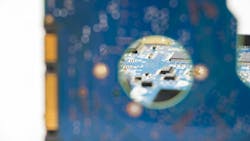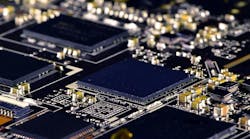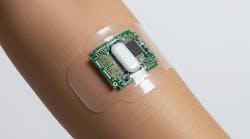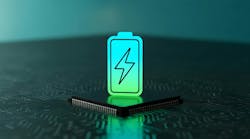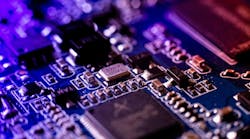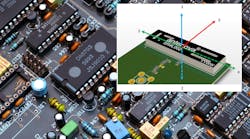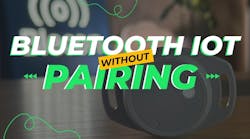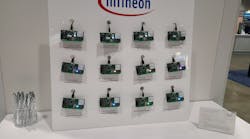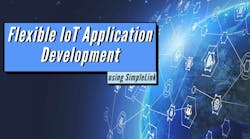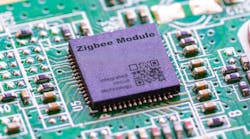Download the The Internet of Wireless Things eBook
At its core, the IoT is all about connecting the unconnected — and doing so on a massive scale. According to IoT Analytics, a technology and market research firm, the number of connected IoT devices, typically via Wi-Fi and Bluetooth, reached 18.5 billion in 2024, up by 12% from 2023. Their forecast projects this number will rise 14% to 21.1 billion by the end of 2025 before growing to approximately 39 billion by 2030.
But as more “things” are connected to the IoT, it's wireless complexity that's emerging as a key challenge for engineers.
The IoT is one of the most complex, fragmented areas in the world of wireless connectivity due to the wide range of technologies at play. A single device can use Wi-Fi, Bluetooth, and Thread for different roles: Wi-Fi for high-speed cloud access, Bluetooth for short-range communication with mobile devices, and Thread for low-power, direct device-to-device communication in a local mesh network. The multiprotocol approach allows for both control and connectivity, giving engineers more ways to enhance performance, latency, and power at the expense of design complexity.
The Matter standard is breaking down barriers between devices in the smart home, making sure they can securely and seamlessly connect to each other in a multiprotocol world. But the underlying reality is more complex. Many of these devices integrate several different IoT radios that tend to operate in overlapping or very close frequency bands, which can raise the risk of RF interference and cause performance degradation.
For engineers, universal IoT connectivity continues to come with a growing list of technical tradeoffs.. In this special report, Electronic Design wanted to give engineers a lay of wireless landscape and how it’s reshaping IoT devices from inside-out. We consulted industry insiders and technical experts to spotlight short-range wireless solutions, from multiprotocol wireless SoCs to RF front-end modules (FEMs). In a future report, we will take a closer look at cellular IoT and other long-range technologies.
To fill in the blanks, we went through the archives to highlight technical content on everything from managing power used for wireless connectivity in IoT devices to antenna placement on space-constrained circuit boards. We will be publishing more reporting and highlighting new articles here through the end of the month. We’re also compiling several of the articles into an eBook, which will be available for members to download.
Inside the Complexities of IoT Connectivity
The Wireless IoT in Action: Videos and Demos
The Latest Development Kits for the Wireless IoT
About the Author
James Morra
Senior Editor
James Morra is the senior editor for Electronic Design, covering the semiconductor industry and new technology trends, with a focus on power electronics and power management. He also reports on the business behind electrical engineering, including the electronics supply chain. He joined Electronic Design in 2015 and is based in Chicago, Illinois.
